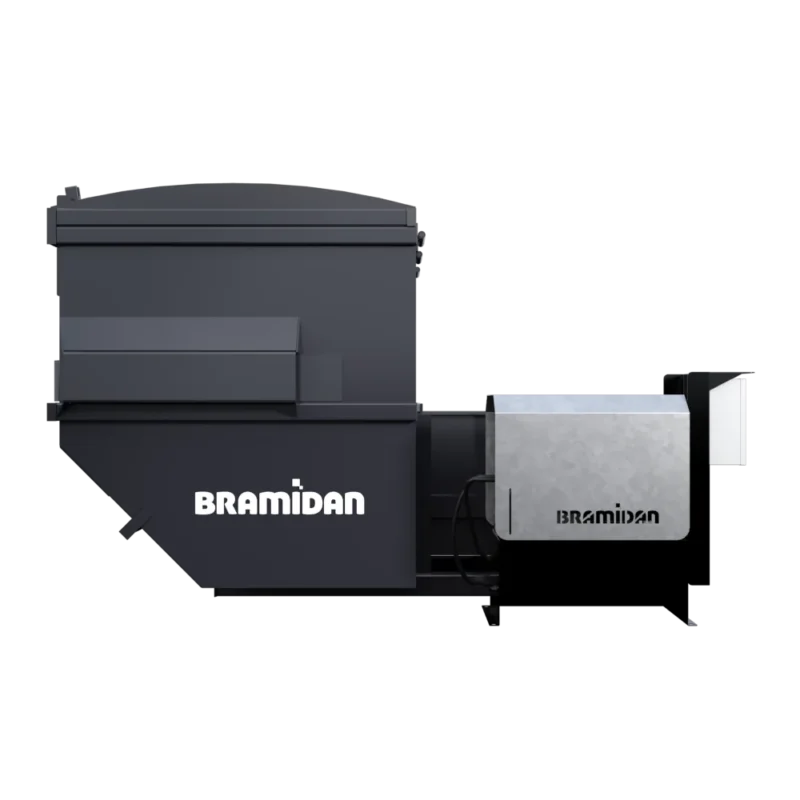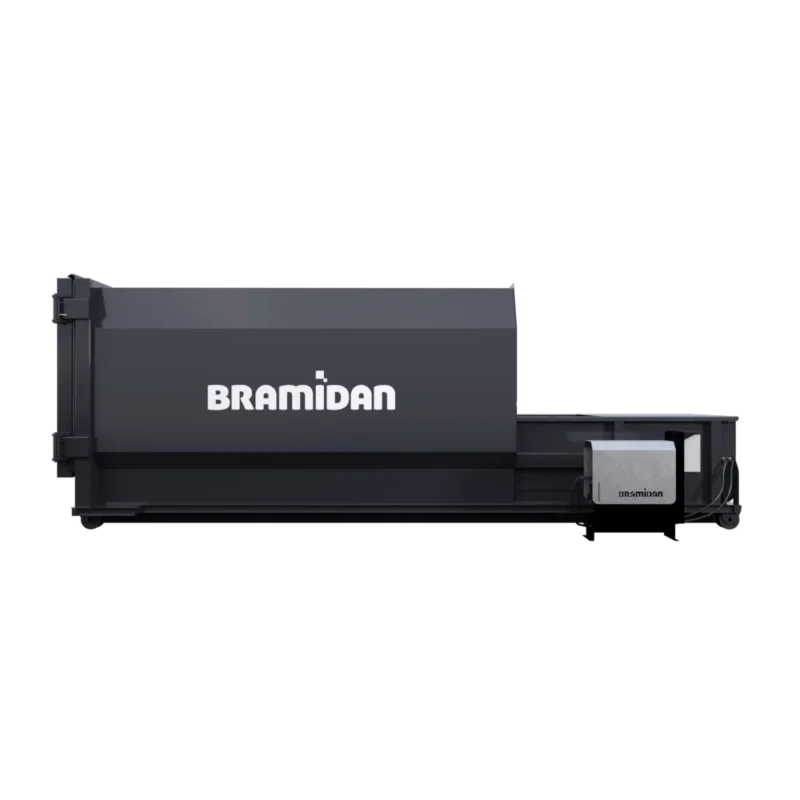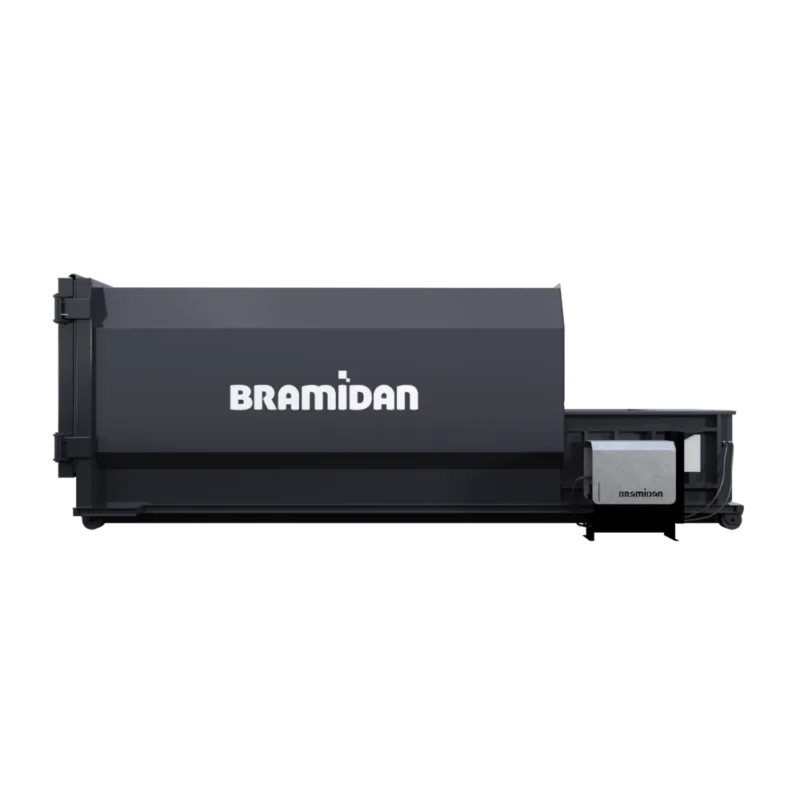Self-Contained Compactors
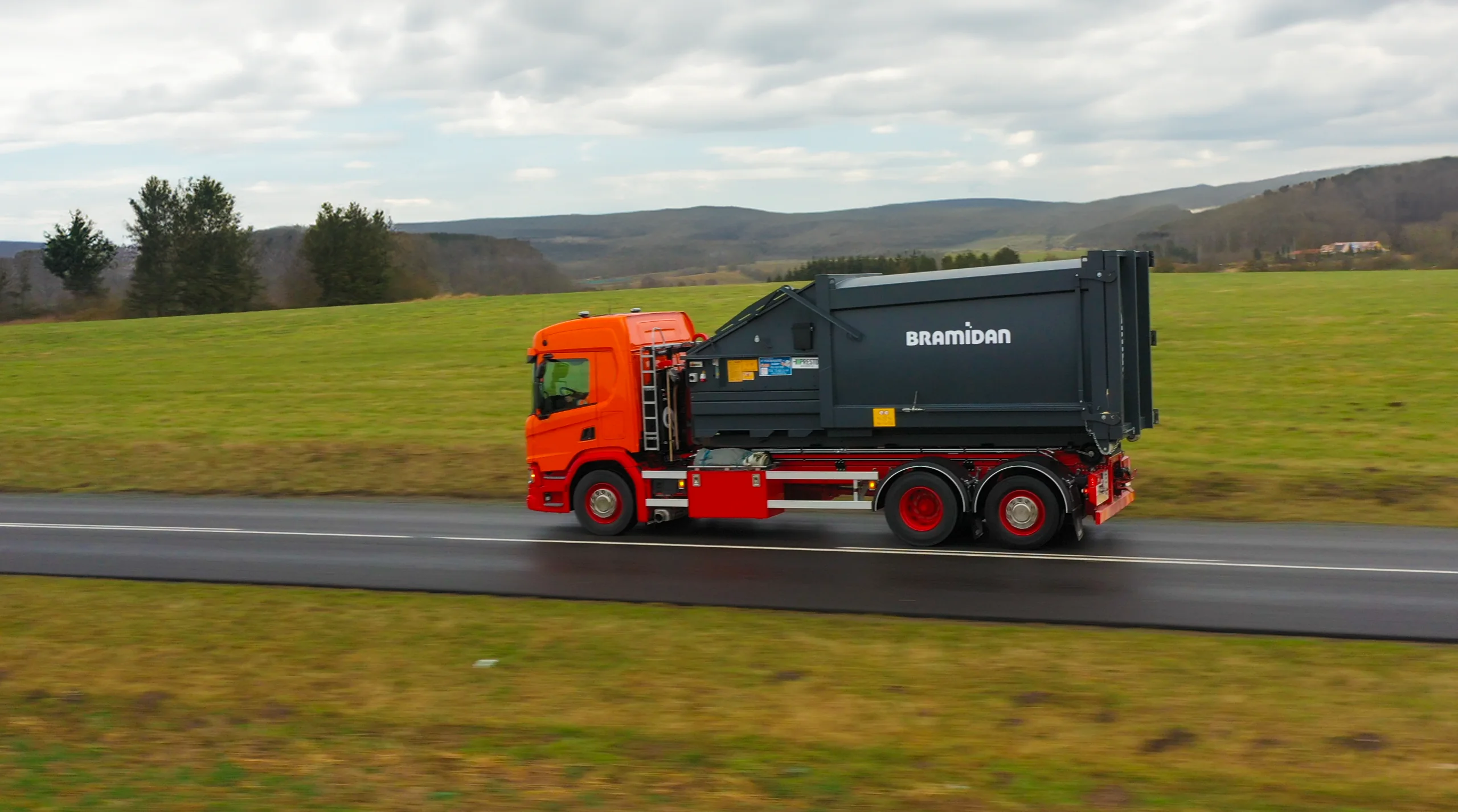
Why Choose a Self-Contained Compactor?
Revolutionize your waste management practices with our compactors. Engineered for efficiency and sustainability, our self-contained units not only streamline waste processes but also minimize environmental impact. By reducing waste volume and optimizing space, these compactors contribute to a greener future while ensuring a cleaner, more organized workspace.
Make the smart choice for your business – choose efficiency by choosing self-contained compactors.
Self-Contained Compactors
SELF-CONTAINED COMPACTOR
Bramidan SC 6
SELF-CONTAINED COMPACTOR
Bramidan SC 30
Monitor & Analyze Your Equipment
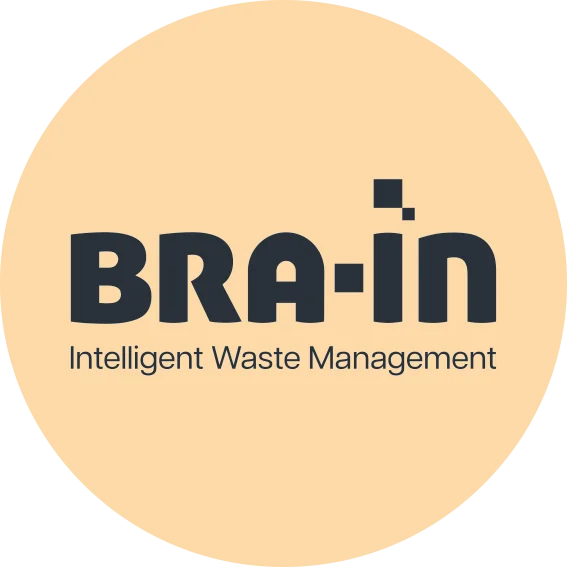

Combine our BRA-IN services to fit your needs
Self-Contained Compactors | The Ultimate Solution for Wet Waste
Our compactor units feature cutting-edge technology to handle wet waste with ease. Bramidan’s self-contained compactor system is guaranteed to get the job done efficiently, with no need to worry about spills and odors. Plus, we offer a wide range of sizes and models to fit your specific needs.
These compactors are perfect for businesses looking to reduce their environmental impact and streamline waste management. Rest easy knowing our products are built to last, ensuring a worthwhile investment in the long run.
Not sure which compactor is right for you? Check out our Compactor Buying Guide.
Most Common Questions & Answers
Yes, we offer special Self-Contained Compactors for organic waste, e.g., waste from foods. Organic waste can leave obnoxious smells or leak through the door.
Our Self-Contained Compactors are specially designed to compact organic, moist, or commercial waste that is similar to household waste.
The press plate in these compactors is self-cleaning to counter smells and the door is sealed to prevent splashing and leaking.
The difference between a static compactor and a Self-Contained Compactors is whether the press unit stays on-site or if it is attached to the container.
A static compactor consists of two separate units – the press unit and the container unit. The press unit is bolted to a concrete base and stays on on-site.
In a Self-Contained Compactors, the press unit is integrated with the container. This means that both the container and the press unit is picked up for emptying.
It depends on the size and the model.
If you want to know the exact weight of a Self-Contained Compactor, please see to the product specific tech specs.
In short, the difference between a static compactor and a self-Contained Compactor is whether the press unit stays on-site or if it is attached to and follows the container.
Static compactorA static compactor is designed to stay on-site. The press unit and the container unit are separate units and the press unit is bolted to a concrete base.
The container is attached to the press unit by ratchets. When the container is full, it is picked up for emptying and a replacement container is put into position on the press unit.
The static compactors are very well suited to handle very large amounts of waste and in situations where the is a need for constant filling.
Self-Contained Compactor
In a Self-Contained Compactor, the press unit is integrated with the container. This means that the entire unit is picked up for emptying when it is full.
The Self-Contained Compactor is often slightly smaller and have less capacity than a static compactor, because it must be easy to pick up and transport on a truck.
The Self-Contained Compactor is suitable for applications where space is confined. They can handle a wide range of waste materials including cardboard, paper, plastic, combustible waste or organic waste.
Fill in the form and we will contact you
Questions? Contact Us Today




